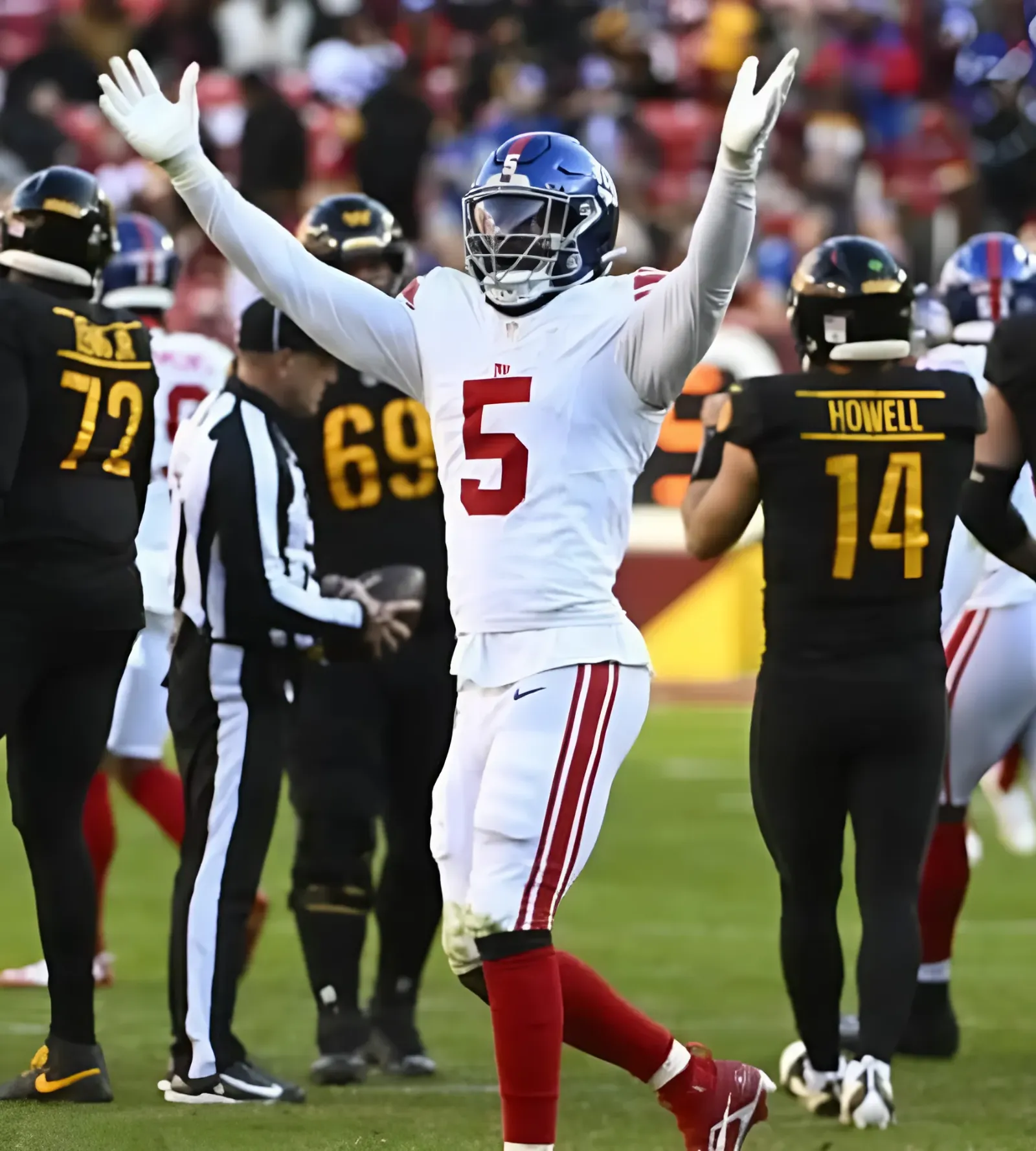Content Warning: This article contains discussions of suicide and suicidal ideation.
Summary
- The Walking Dead comics and TV show have major differences that impacted viewers' reactions to the series.
- Changes in the TV show include character deaths, virus reveals, and relationships that diverge from the comic book.
- Unique additions like The CRM and Daryl Dixon in the show set it apart from the source material, making it a distinctive adaptation.
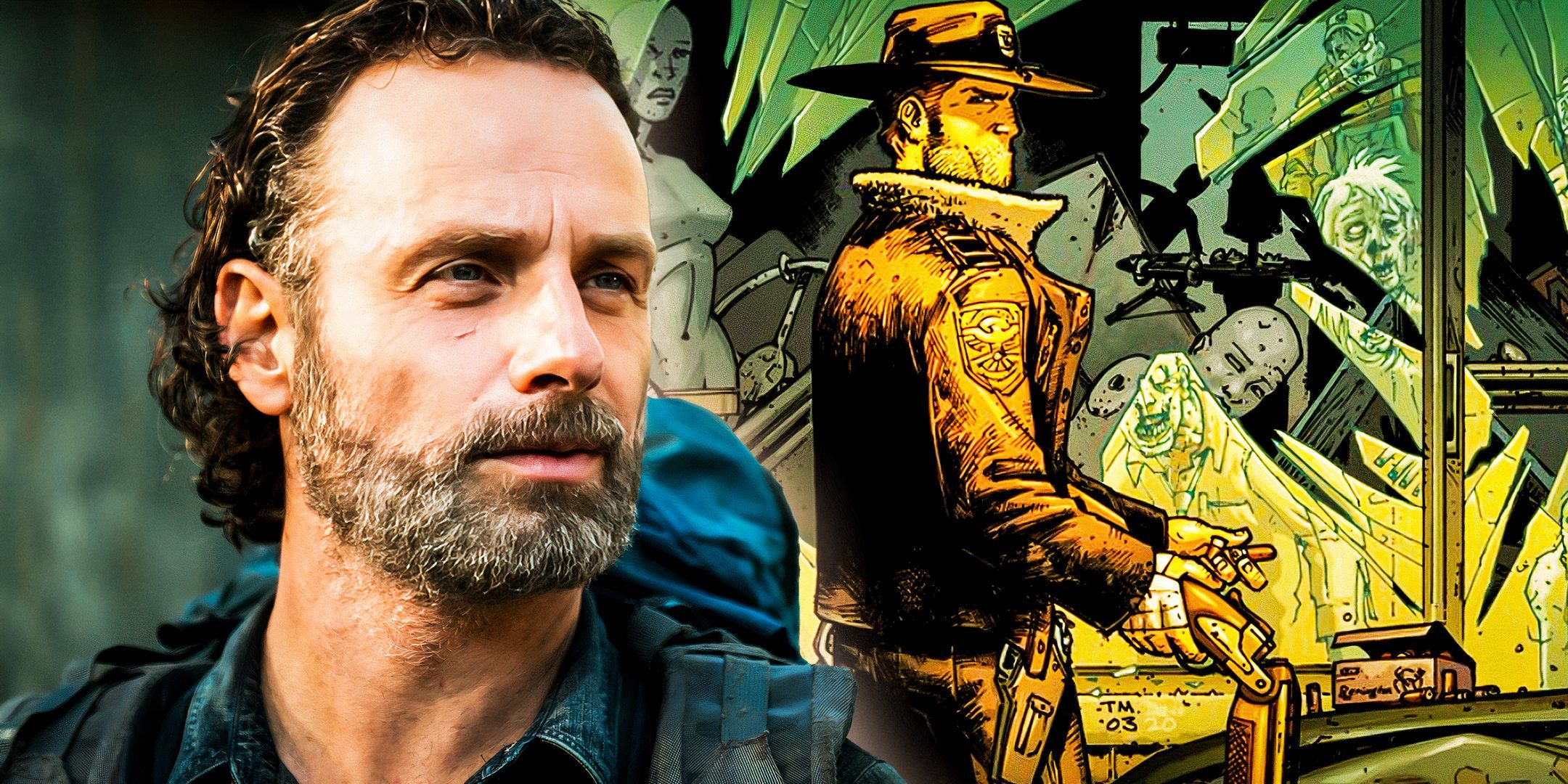
AMC's The Walking Dead was one of the biggest shows on TV during its peak and, despite being based on Robert Kirkman's hit comic series, the show made some huge changes to the source material. While there are some major similarities between the show and comics, there are also some key differences that caused varying reactions. Some of these changes proved to be popular among fans while others caused viewers to stop watching The Walking Dead entirely. Both mediums remain incredibly popular in their own right, but these huge differences made a massive impact on separating the two.
The show's massive cast forced some of these big changes, as actor departures meant the series had no option other than to write certain characters out of the story. Although this did hinder the show at times, AMC's The Walking Dead still managed to survive and provide a satisfying conclusion to the main series. The televised universe has continued through spinoffs, with Rick Grimes' return setting up a potential crossover which is a big deviation from the comics. However, there are several more key differences between The Walking Dead's comics and the TV show that make each version so distinctive.
10 Rick Has To Learn About The Virus Himself In The Comics
Dr. Edwin Jenner Tells Rick The Truth About The Virus In The TV Show

The Walking Dead TV series made pivotal changes as early as season 1 when Dr. Edwin Jenner revealed a crucial detail about the zombie virus. While the virus' origins are still unknown 14 years after the show premiered, Jenner told Rick that the virus affected everyone, regardless of whether they were bitten or not. This was a huge revelation in the season 1 finale and instantly proved that the show wasn't afraid to make big narrative changes.
In contrast, Rick and the group had to figure this huge detail out themselves in the comics. Shane returning as a zombie after being shot by Carl made it clear to Rick that the zombie infection impacted everyone which was a fascinating reveal. Although both versions of the story dealt with this information differently, they were both compelling in their own way, especially as Rick kept Jenner's information a secret for a while, adding to the drama of the series.
9 Alpha's Has A Different Set Of Victims In The Comics
Alpha Kills Some Major Characters In The Comics Compared To The TV Series
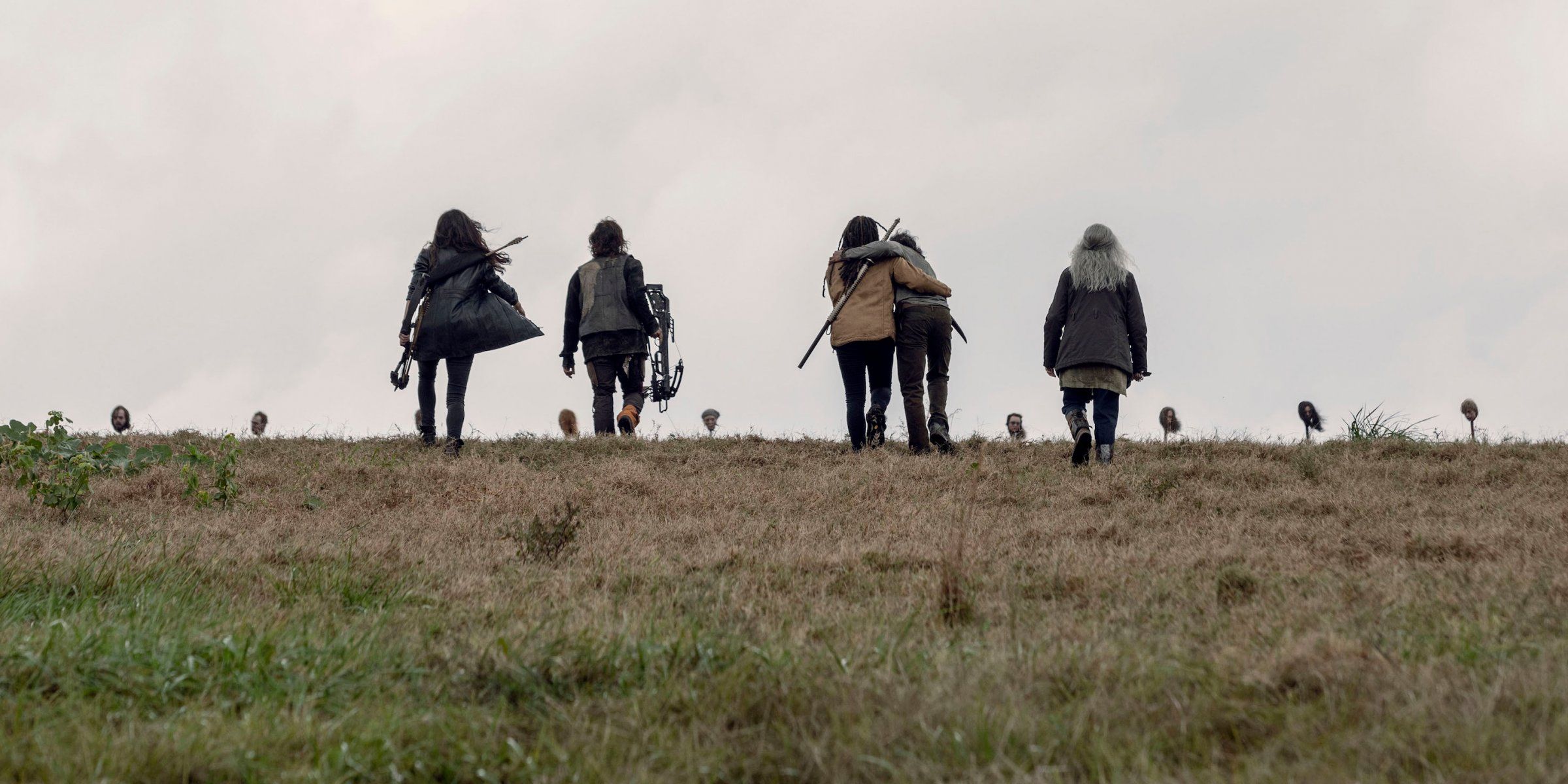
Season 9's penultimate episode featured a wave of character deaths, and while this also happened in the comics, the victims were completely different. Alpha was one of The Walking Dead's best villains as her group, The Whisperers, made a massive impact on the franchise. In both the comics and the show, Alpha and The Whisperers killed off several characters during their war with the main survivors and their heads on spikes to send a message.
In the show, there are some relatively big deaths as the likes of Tara, Enid, and Henry are all killed. However, the comics go even bigger, with Ezekiel and Rosita both being among Alpha's victims despite making it to the show's finale. In both instances, this moment is incredibly shocking and has a big impact on the group's mentality, but the comics undoubtedly have the bigger names fall victim to Alpha. Tammy is the only character who dies during this event in both the show and the comics, proving how different the event is in each version.
8 Rick Loses His Hand Much Earlier In The Walking Dead Comic Books
Rick Spends The Majority Of The Comics Without His Hand
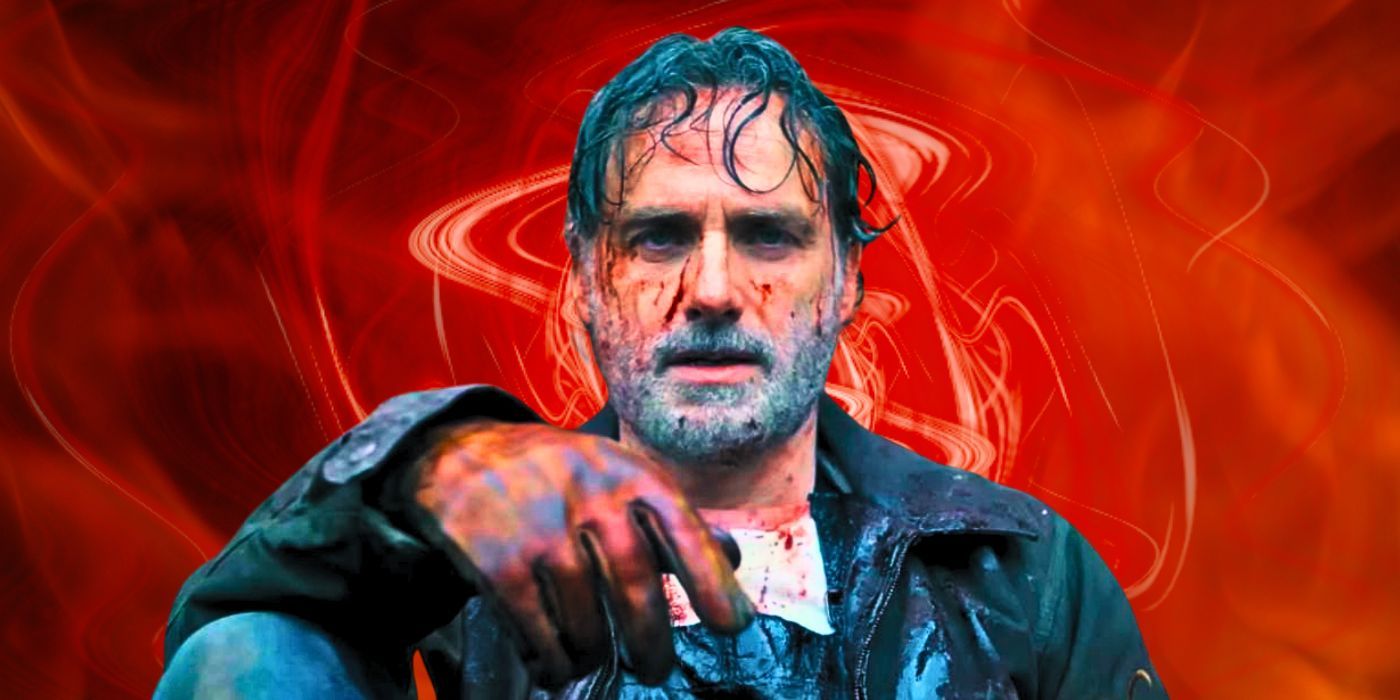
Rick losing his hand is one of The Walking Dead's most iconic comic book moments, but it doesn't happen in the main show. It wasn't until Rick returned for his spinoff with Michonne that this huge incident took place. In the comics, Rick's hand is cut off by The Governor during the Woodbury arc, which cemented the antagonist as one of the franchise's most brutal and menacing villains, while permanently altering Rick's character.
Although the main show threatened this moment happening numerous times, the protagonist managed to last the entire main show with both hands intact. However, his spinoff changed that as Rick cut off his own hand in The Ones Who Live to try and escape the CRM. This moment is incredibly graphic in both instances, but the circumstances couldn't be any more different, showing the contrasting journey of Rick in the TV show compared to his comic book counterpart.
7 The CRM Doesn't Exist In The Comics
The CRM Is A New Addition To The Franchise

Having been slowly built up over the years, the CRM played a huge role in The Ones Who Live, but the villain group never even existed in the comics. While it seemed like the Civic Republic Military could be the show's main antagonists for years to come after their proper introduction in World Beyond, they were defeated in Rick and Michonne's spinoff, making a comeback incredibly tough. The CRM is the biggest faction the franchise has ever seen and has become an increasing threat, yet this military faction didn't appear at all in the comics.
The latest Walking Dead spinoff left the franchise in need of some new villains, and there are several antagonists who could replace the CRM.
The comic story ended with the Commonwealth arc, meaning the CRM never appeared since they weren't involved in the show's main story until after season 11's finale. The TV series teased their introduction for years, but there was never any sign of the villains in the source material, confirming that they were created specifically for AMC's universe. This helped make the CRM more exciting since their impact was completely unpredictable, and while their demise was a little underwhelming, their existence in the first place was a massive shift from the comic book story.
6 Carol Isn't As Crucial In The Walking Dead Comics
Carol Plays A Much Bigger Role In The TV Show Than The Comics
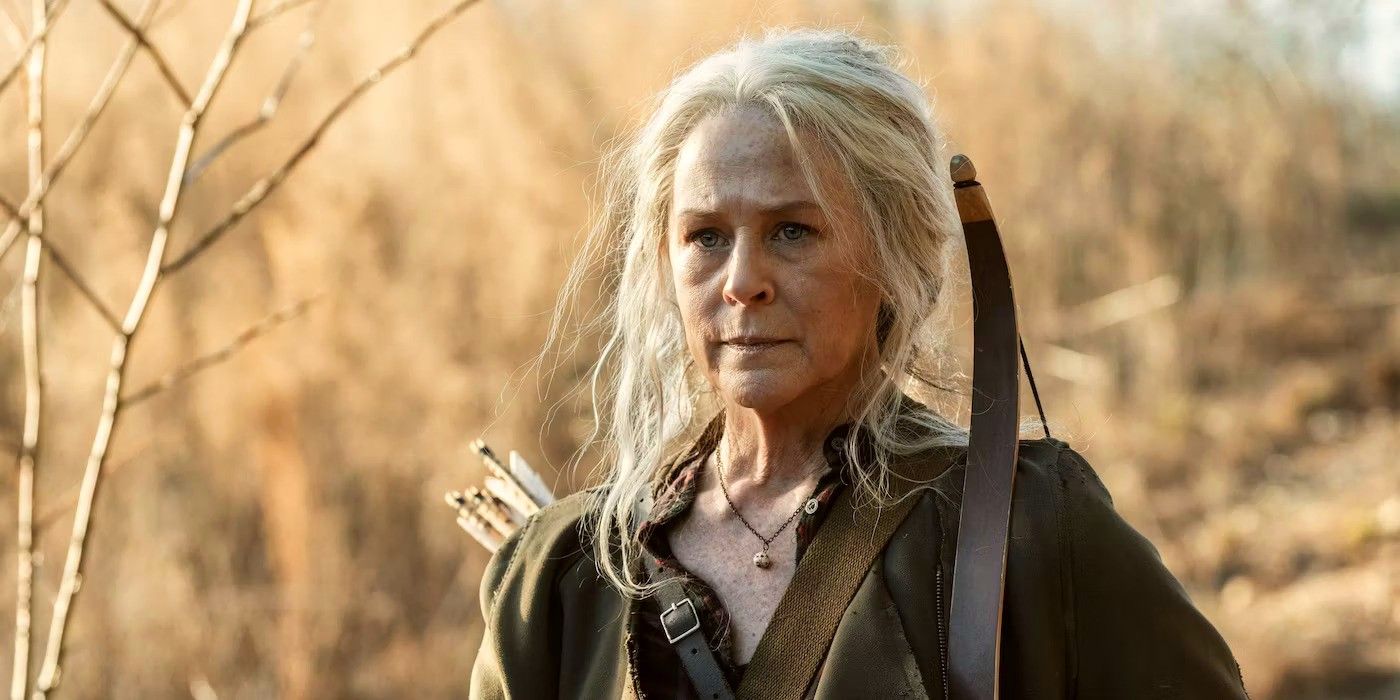
Carol's Walking Dead story on the TV show massively contrasts her role in the comic. While Carol starts off fairly similar in both versions of The Walking Dead, the prison arc changes her character drastically in both instances. In the comics, Carol entered a relationship with Tyrese but was cheated on, leading to a damaging impact on her mental health which tragically ended with her taking her own life. This is easily among the comics' most shocking moments, but thankfully, Carol gets a much happier story in the show.
She still faced incredible hardships, but the prison arc turned Carol into one of The Walking Dead's most dangerous characters as she was willing to make some tough sacrifices. This led to her being exiled from the group, but she ultimately returned to save them during the Terminus arc and became one of the show's key survivors. Carol is still alive in AMC's The Walking Dead universe and will appear in the Daryl Dixon spinoff, showing just how differently she is portrayed within the franchise.
5 Negan's Comic Introduction Isn't As Controversial As His TV Appearance
Negan Only Kills Off 1 Major Character During His Comic Debut
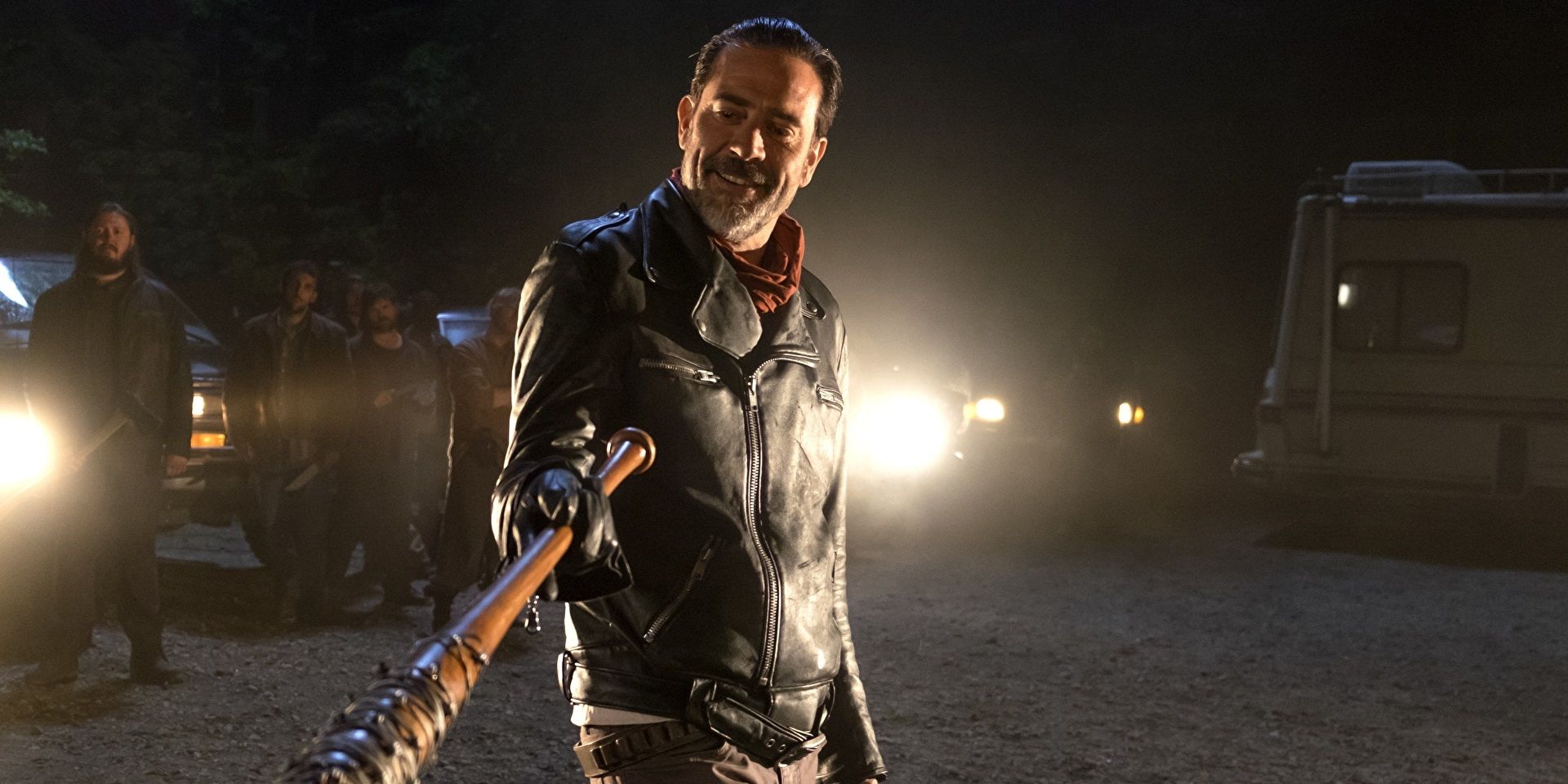
Negan's Walking Dead debut is one of the most memorable moments in the entire franchise. The antagonist's introduction is similar in both mediums, with Negan lining up some of the show's most important characters and promising to kill one. He delivered on this promise in the comics, killing Glenn with his baseball back in a brutal fashion, which instantly made him one of The Walking Dead's most evil villains. However, while Negan's debut is similar in the show, it is far more controversial.
Unlike in the comics, the TV show made its audience wait over six months to find out Negan's victim, as season 6 ended on a cliffhanger. When the revelation finally happened, it turned out Negan had chosen Abraham, not Glenn. While this was a massive change, it wasn't the only one, as Glenn was also killed shortly after due to Daryl's disobedience. This made the scene even more horrific as it caused more emotion and heartbreak, making Glenn's Walking Dead TV death worse than in the comics and Negan's debut far more controversial.
4 Judith's Fate Is Entirely Different In The Comics
Judith Becomes A Major Character In The Show Unlike In The Comics
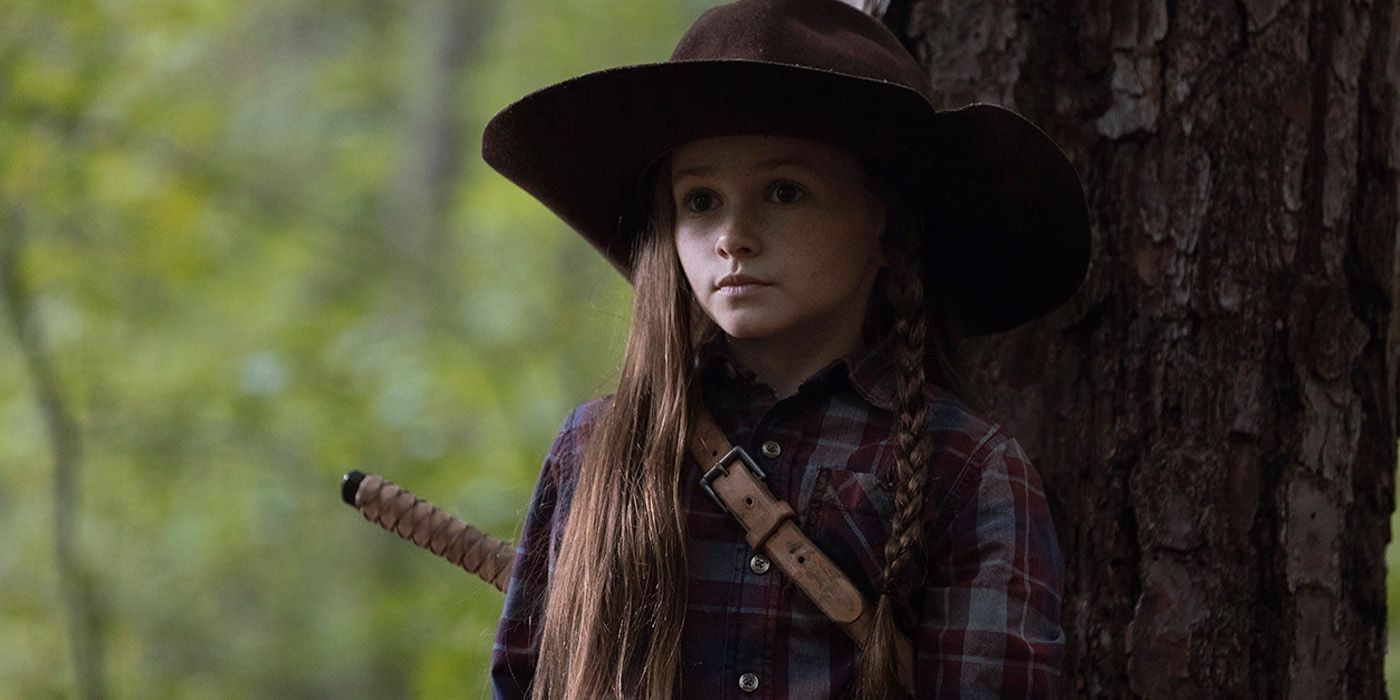
Judith became one of the most important characters in The Walking Dead TV show, but her time in the comics was a lot shorter. Although Lori died during childbirth in the show, she managed to deliver Judith, who was escorted out of the prison by Maggie and Carl. This allowed the group to protect and raise her, resulting in Judith growing up and surviving the main show. She was around 12 years old during The Walking Dead's finale and even reunited with Rick in The Ones Who Live, who had raised Judith like his own daughter before his disappearance.
Tragically, Judith's story is significantly shorter in the comics, as she died alongside her mother trying to flee the prison. After The Governor launched an attack on Rick's group, chaos ensued, resulting in Lilly shooting Lori in the back. This led to both Lori and Judith dying, meaning she played a very small part in the comic book story. Considering she became a central character in the show, this contrast is huge and reinforces just how different the series and comics are.
3 Rick Ends Up With Andrea, Not Michonne, In The Comics
Rick's Romantic Storylines Are Completely Different In Both The Show & The Comics
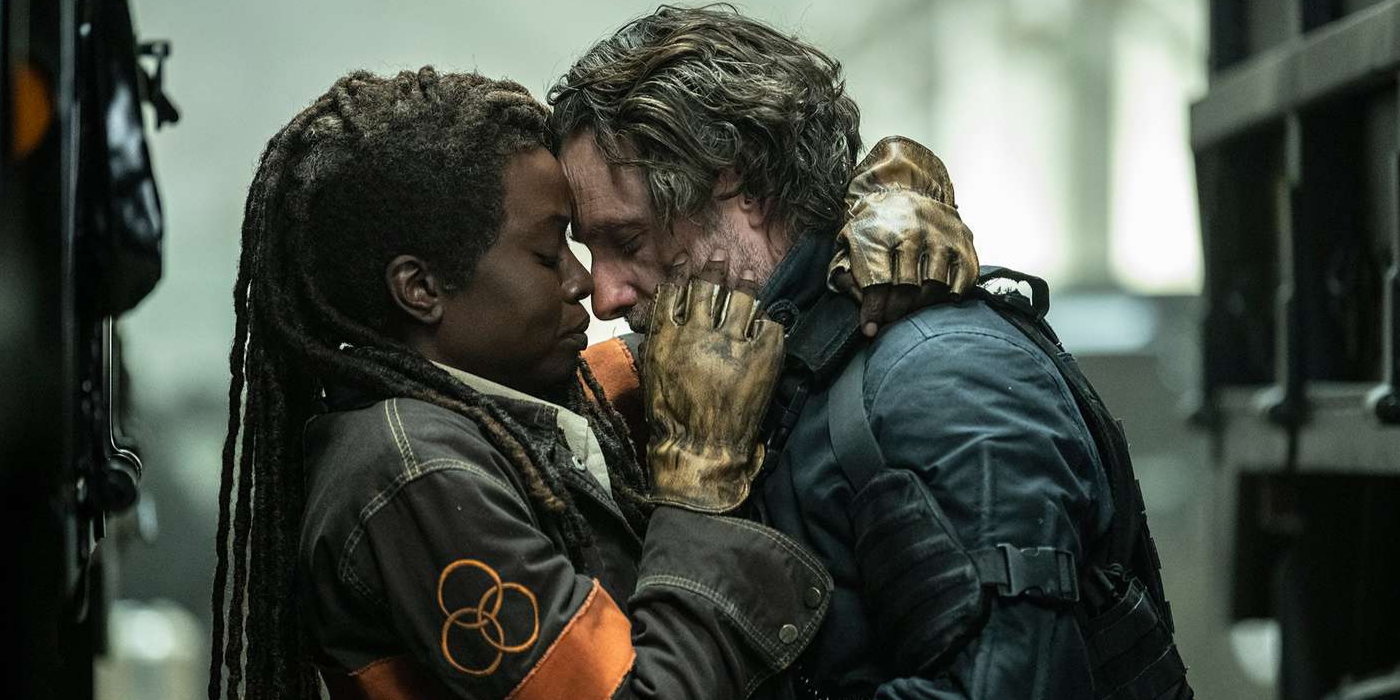
Romantic storylines offer The Walking Dead some much-needed warm and wholesome moments, but the franchise's protagonist ends up with a different partner in both the comics and the show. Rick and Michonne's relationship has become iconic in The Walking Dead universe, with the two having an emotional reunion in The Ones Who Live. Andrew Lincoln and Danai Gurira's chemistry has made their characters' relationship incredibly engaging, but in the comics, Rick ends up with Andrea instead.
Andrea proved to be a more divisive character in the TV show since she was given a different personality than her comic counterpart. This led to her being killed off way before she had a chance to develop a connection with Rick, whereas, in the comics, they slowly developed feelings for each other. Although their relationship had some turbulence just like Rick and Michonne's does on screen, the two stayed together up until Andrea's death. Although Rick and Andrea both died in the comics, Rick and Michonne are still alive in AMC's universe and remain together.
2 Carl Grimes Is Still Alive When The Walking Dead's Comic Story Ends
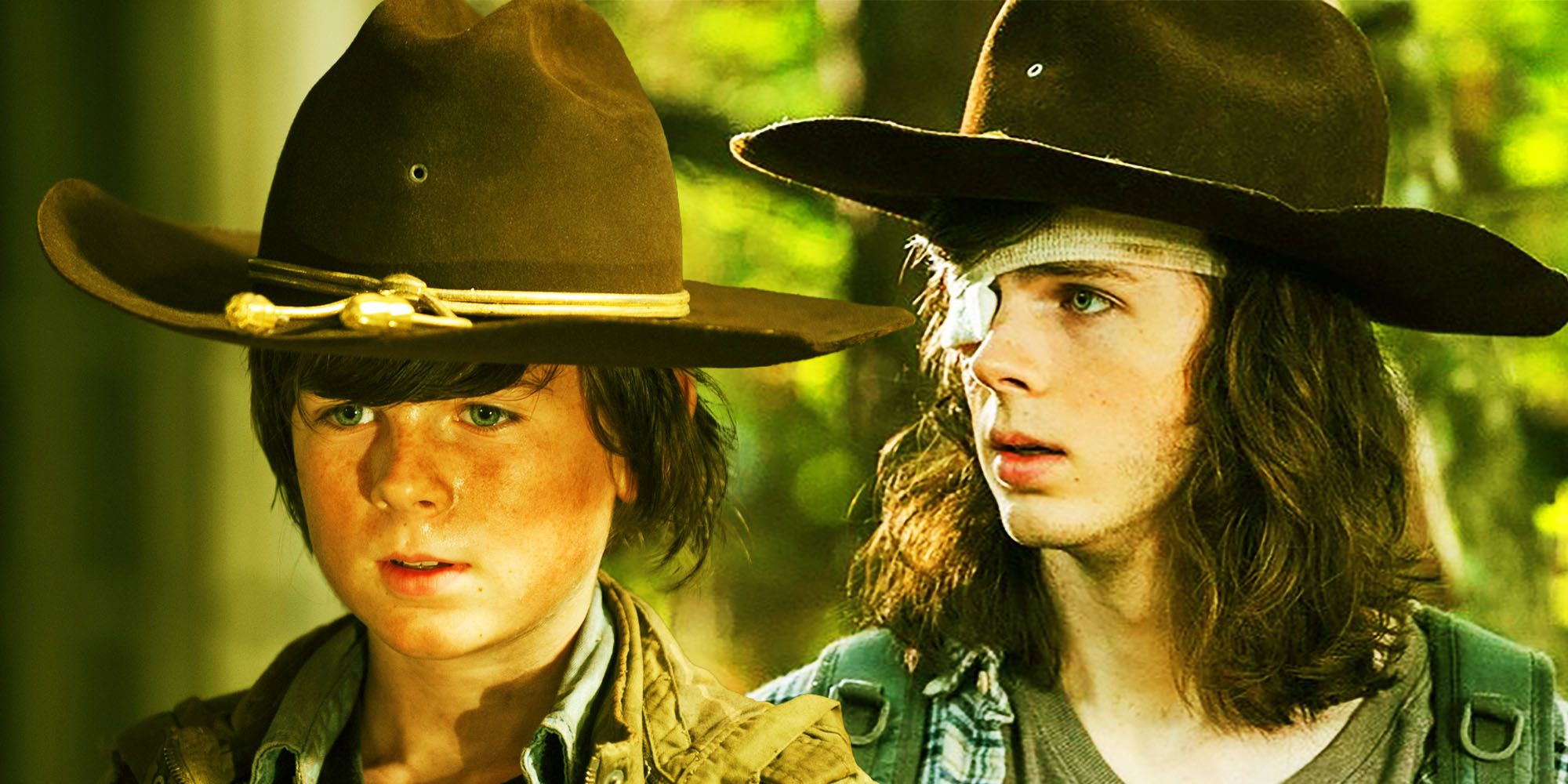
Although Rick's fate is different in both the show and the comics, Carl's is even more surprising. Andrew Lincoln departed the show after years of playing the protagonist but AMC kept Rick alive, presumably because they had made the massive decision to kill off Carl. In season 8, Carl was bitten by a walker and died in the company of his loved ones, which proved to be one of the show's most surprising moments ever. Killing off such an important character in a relatively minor incident was shocking, but it caught viewers off guard even more considering Carl survived the comics.
After Rick's comic book death, Carl became the story's focal point. He stepped up as one of the franchise's main leaders and survived the final issue, showing how different his fate was in both versions. Surviving the comics and dying in the show is the opposite of Rick's journey, which makes both stories so interesting. While the show followed large parts of the comic book story, its later seasons are by far the most different. Rick and Carl's reversed roles are a big reason for this, making it one of the biggest changes between both mediums.
1 Daryl Dixon Isn't In The Walking Dead Comic Books
Daryl Dixon Is A Character Originally Made For The TV Series
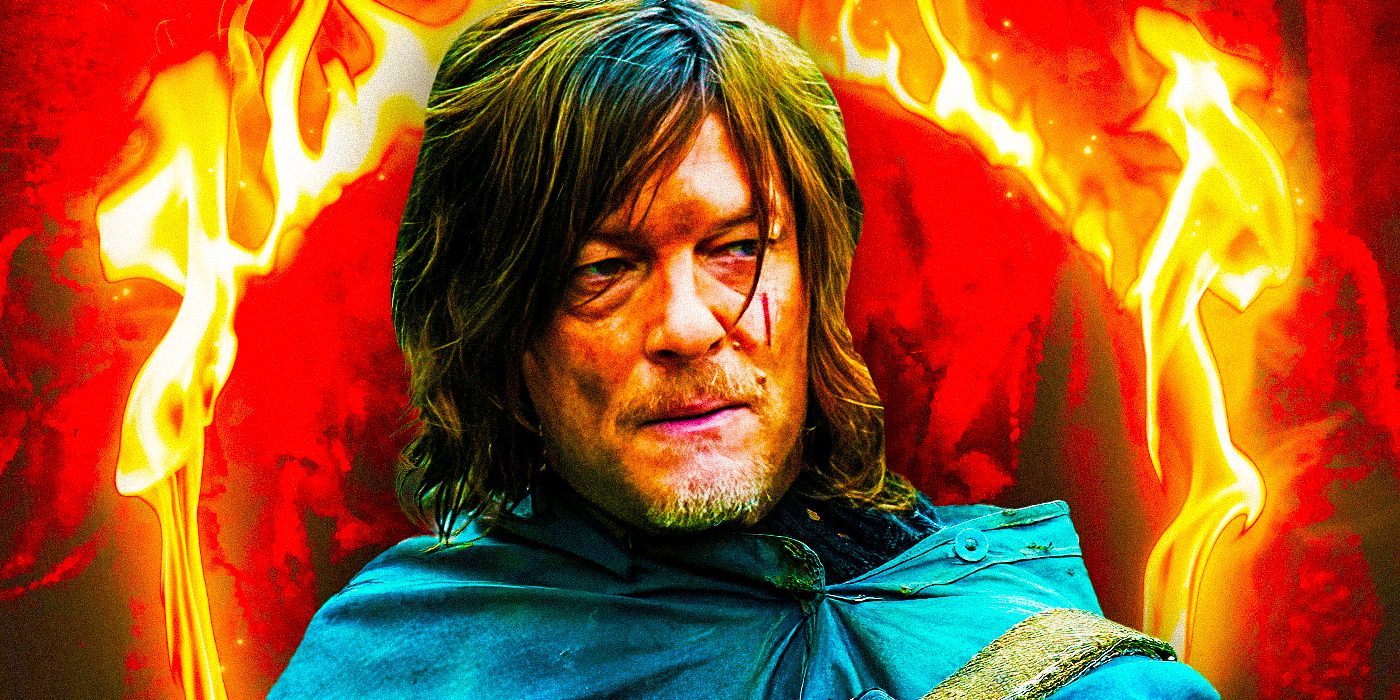
By far the biggest difference between the comics and TV show is the involvement of Daryl Dixon. Both Daryl and his brother Merle are original characters created specifically for AMC's The Walking Dead. While Merle played a fairly big role, Daryl became one of the franchise's most important characters and has appeared in more episodes of the show than any other character. He has even gone on to star in his own spinoff show, indicating just how important he has become to AMC's universe.
The Walking Dead's Daryl Dixon has given viewers plenty of memorable moments, but a few of them stand out as his very best, thanks to Norman Reedus.
As one of The Walking Dead's longest-surviving characters, Daryl stepped up to replace Rick after his season 9 departure and was arguably the closest thing the TV series had to a protagonist during its final seasons. Although the comics managed to tell an excellent story without him, the show benefited from having Daryl as he is easily one of the franchise's best characters. His importance to the show can't be understated and AMC's Walking Dead would look so different without him, making Daryl Dixon's existence the largest difference between the comics and the TV show.
